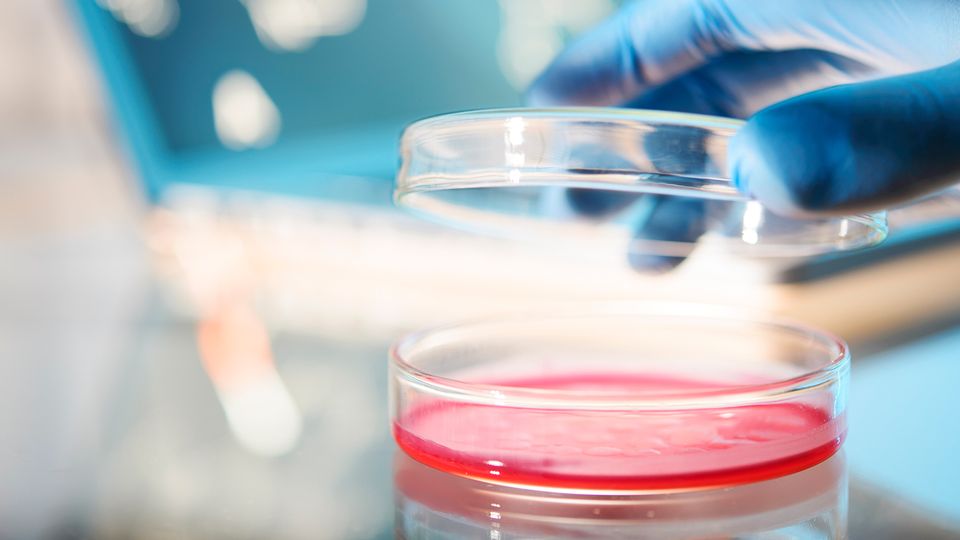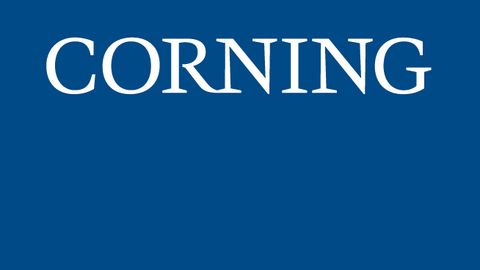Cell culture is a fundamental technique with a wide array of applications across various fields of research and industries.
Once the cells in the culture reach an optimal density or developmental stage, they need to be isolated in a process known as “cell harvesting”. Understanding how to optimize this process is critical, as it can directly impact the quality and yield of the harvested cells.
This guide presents important tips for cell harvesting that can help researchers to boost cell culture research.
Download this guide to discover:
- How to identify the right time for harvesting.
- How to choose the appropriate reagents.
- How to avoid cell clumping.
FIVE FUNDAMENTAL TIPS FOR CELL HARVESTING 1
HOW TO GUIDE
Five Fundamental Tips for Cell Harvesting
Hilary Sherman
Cell culture has a wide array of applications
across various fields of research and industries.
Once the cells in the culture reach an optimal
density or developmental stage for the intended
use, they need to be detached from the culture
vessel, separated from the growth medium
and isolated during a process known as “cell
harvesting”. This is a critical step as it can
directly impact the quality and yield of the
harvested cells.
In this guide, Hilary Sherman, senior scientist at
Corning Life Sciences, presents five general tips
for cell harvesting that can help you boost your
cell culture research.
1. When is the right time to harvest
your cells?
This depends on the type of cells and the
desired application. For example, are you
trying to get as many cells as you can for your
particular application? Or do you want to make
sure that those cells are in their optimal stage?
It is important to know that some cells are
“contact inhibited”, which means they start to
become unhealthy when they get too dense
in their vessel. In this case, it is important
to harvest them at a lower confluence than
you might do with other cells that are not as
sensitive.
2. How do you choose the most
appropriate harvesting reagents?
This also depends on the type of cell and
application. Trypsin is a good option for robust
cells, as it is economical and works well.
However, it is a nonspecific protein cleaver,
meaning it degrades any protein and not only
the extracellular matrix (ECM). It can then
destroy membrane receptors and also enter
the cell, affecting cell viability. Accutase, on the
other hand, is a more specific protein cleaver
that degrades the ECM and is less likely to
enter the cells. Finally, depending on the cell
type, EDTA (Ethylenediaminetetraacetic acid)
can also work well. As this is a non-enzymatic
agent, it is not suitable for cultures that have
a lot of ECM, because the cells are going to
form clusters. However, this can be a desirable
feature if you’re culturing iPS cells where you
don’t want single cells.
3. Is centrifugation always
necessary after harvesting?
Centrifugation is normally performed to remove
any harvesting reagents from the isolated cells.
However, it is a harsh process and can damage
the cells. Thus, I prefer to avoid centrifugation
after harvesting. For many applications, the
small amount of enzymatic or harvesting
reagent that remains after diluting and
reconstituting the cells in a fresh buffer is not a
problem. However, for some other applications,
removing the harvesting reagent is essential,
and thus centrifugation is necessary. For
example, if accutase is used for harvesting iPS
cells for single-cell applications, centrifugation
is required to remove the reagent as it will have
an impact on the next passage.
4. How do you avoid cell clumping?
It is important to avoid overdigesting the
cells, which causes the intracellular material
Watch the complete Teach Me in 10
episode with Hilary Sherman here.
FIVE FUNDAMENTAL TIPS FOR CELL HARVESTING 2
Hilary Sherman is a Senior Scientist in the Corning Life Sciences Applications Lab situated in Kennebunk, ME. She has been part of the Corning team since 2005, specializing in a diverse range of cell types, including mammalian, insect, primary, stem cells and organoids across various applications. Her primary responsibilities encompass the creation of technical documents along with offering technical support and training for both the Corning sales force and customers.
to escape and makes the cells “sticky”. Thus, when using trypsin, it is important to optimize the incubation time. Reagents such as accutase break down the ECM without the risk of exposing the cells to the sticky inside of damaged cells. You can also add reagents such as benzonase to degrade RNA and DNA coming from overdigested cells. Another option is to use a cell strainer to get rid of the cell clumps. This could be particularly important for applications such as flow cytometry where you require a single-cell suspension.
5. Tips to harvest cells that are difficult to detach
Some cell lines grow very fast and form super tight junctions with a lot of ECM, making it very difficult to obtain a single-cell suspension. One trick is to harvest them frequently (every 2–3 days) and keep them under 50% confluence. Another trick is to pre-soak the culture with PBS without calcium and magnesium (these ions can help the cells to attach) for 10–15 minutes before applying trypsin. Additionally, you could use a higher concentration of the reagent. Trypsin and other enzymes, such TrypLE, can be purchased at a 10x concentration, which you could then dilute down until you find the optimal concentration for your culture.
Learn more about Corning cell culture solutions



